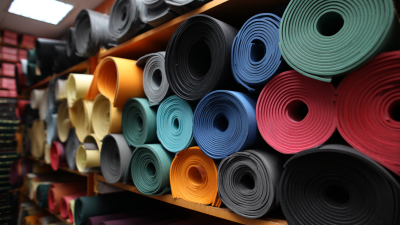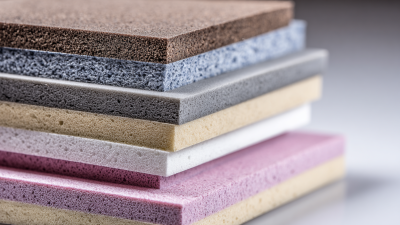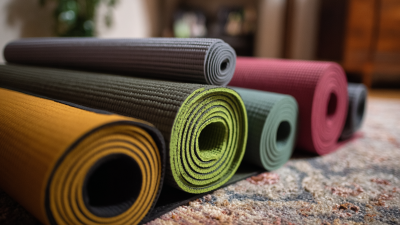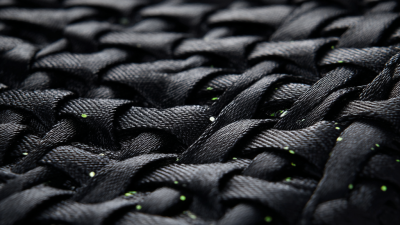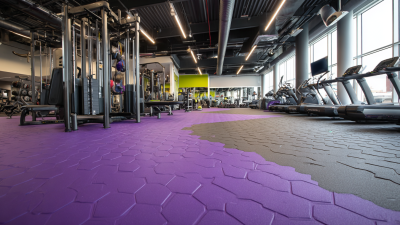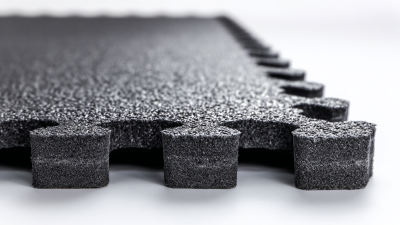Eva Foam Manufacturers play a crucial role in various industries, providing high-quality materials that enhance product performance and user experience. According to a recent market analysis by Grand View Research, the global EVA foam market was valued at approximately $7 billion in 2021 and is projected to grow at a CAGR of over 7% from 2022 to 2030. This rapid growth is driven by the increasing demand for lightweight and versatile materials across sectors such as footwear, automotive, and sports equipment. Furthermore, the adaptability of EVA foam allows manufacturers to produce a wide range of products, from cushioning materials to insulation solutions. Understanding the incredible innovations and manufacturing processes behind EVA foam can shed light on how these materials meet the evolving needs of consumers and industries alike. Dive into this exploration of seven incredible facts that highlight the significance and capabilities of Eva Foam Manufacturers in today's market.
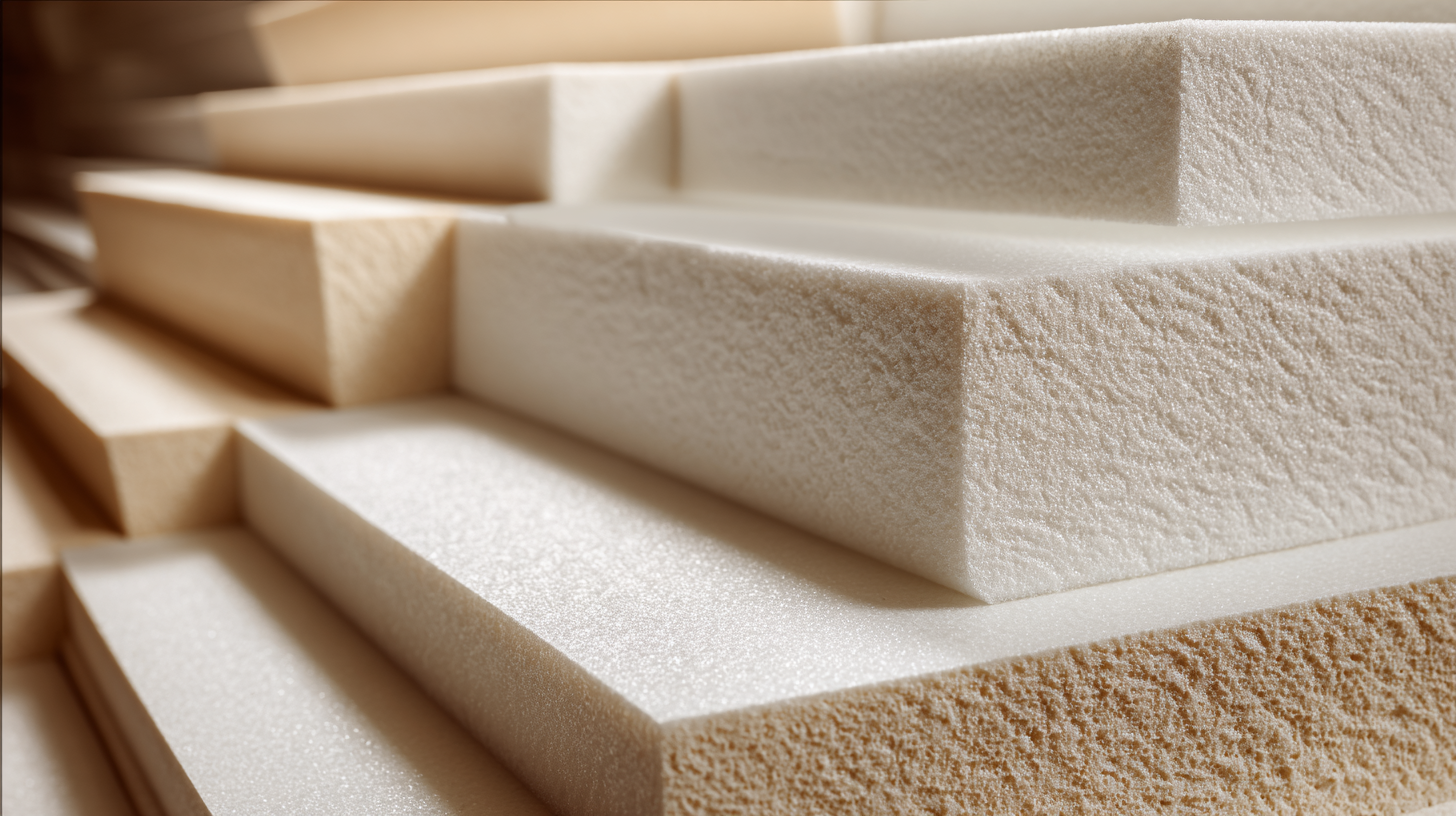
EVA foam, or ethylene-vinyl acetate foam, has a rich history that dates back to the mid-20th century. Initially developed as a resilient and flexible material, its applications quickly expanded from basic cushioning to specialized uses in various industries, including automotive, sports, and footwear. The unique properties of EVA foam, such as its lightweight nature and resistance to environmental factors, have played a significant role in its evolution over the decades.
As manufacturers recognized the potential of EVA foam, advancements in technology led to improved production processes. This included innovations in foaming agents and blending techniques that enhanced the material's durability and comfort. Today, EVA foam is widely celebrated for its versatility and is commonly used in products ranging from yoga mats to protective gear.
**Tips**: When selecting EVA foam products, consider factors such as density and thickness to match your specific needs. If you're in the manufacturing industry, staying updated with the latest advancements in EVA technology can give you a competitive edge. Lastly, environmentally-conscious manufacturers are exploring biodegradable alternatives to traditional EVA, a trend worth watching for sustainable practices.
| Fact | Description |
|---|---|
| Origin of EVA Foam | EVA (ethylene-vinyl acetate) foam was developed in the 1960s as a soft, flexible material for various uses. |
| Applications of EVA Foam | Used in sports equipment, footwear, packaging, and insulation due to its shock-absorbing properties. |
| Environmental Impact | EVA is considered more environmentally friendly compared to other plastics, as it is recyclable. |
| Cost-Effectiveness | EVA foam is affordable to produce, making it accessible for a wide range of industries. |
| Customization Options | Manufacturers offer a variety of densities, colors, and thicknesses to meet specific customer needs. |
| Global Market Growth | The demand for EVA foam continues to rise globally, particularly in emerging markets. |
| Safety Standards | EVA foam complies with various safety regulations, making it suitable for children's products. |
EVA foam, or ethylene-vinyl acetate foam, is rapidly gaining recognition across various industries due to its remarkable properties and versatility. One of the key advantages of using EVA foam lies in its lightweight nature, making it an ideal choice for products where minimal weight is crucial without compromising durability. This makes EVA foam particularly popular in the automotive and aerospace sectors, where reducing weight can enhance fuel efficiency and overall performance.
Another significant benefit of EVA foam is its impressive shock absorption capabilities. This characteristic is especially valuable in the sports and footwear industries, where cushioning is essential for preventing injuries and providing comfort. Additionally, EVA foam is resistant to UV radiation, weather, and chemicals, which extends the lifespan of products made from it. These properties not only make EVA foam suitable for outdoor applications but also in packaging, where protecting fragile items is a priority. As manufacturers continue to explore the possibilities of EVA foam, its role as a superior material across various applications is becoming increasingly evident.
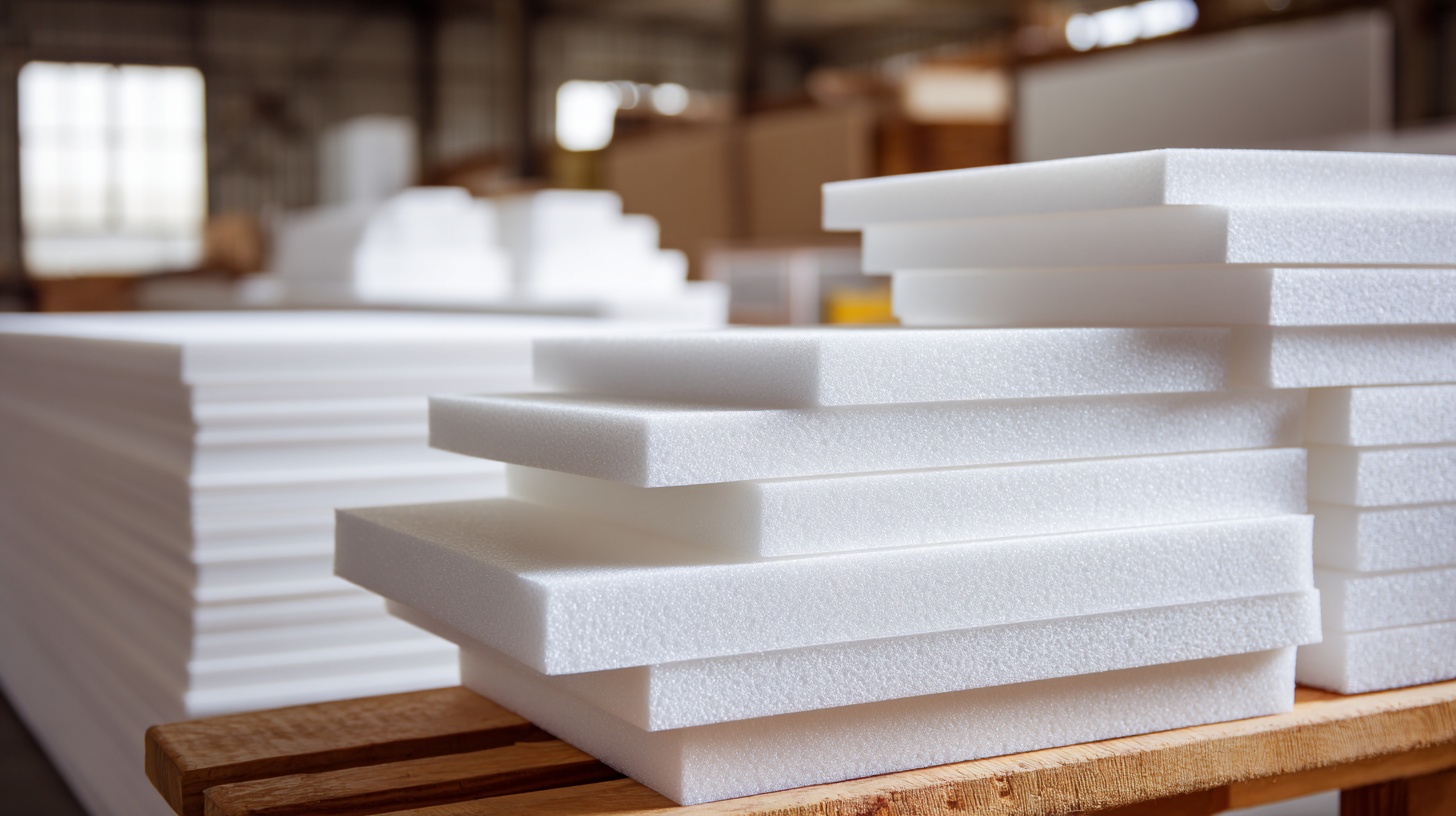
EVA foam, known for its versatility and resilience, extends far beyond its conventional uses in footwear and padding. One innovative application is in the automotive industry, where EVA foam is utilized for sound insulation and vibration dampening. Its lightweight and effective shock absorption properties contribute significantly to enhancing passenger comfort and safety, as well as improving vehicle performance. Manufacturers are increasingly recognizing the potential of EVA foam to reduce noise pollution within cars, making it a preferred choice for high-end vehicles.
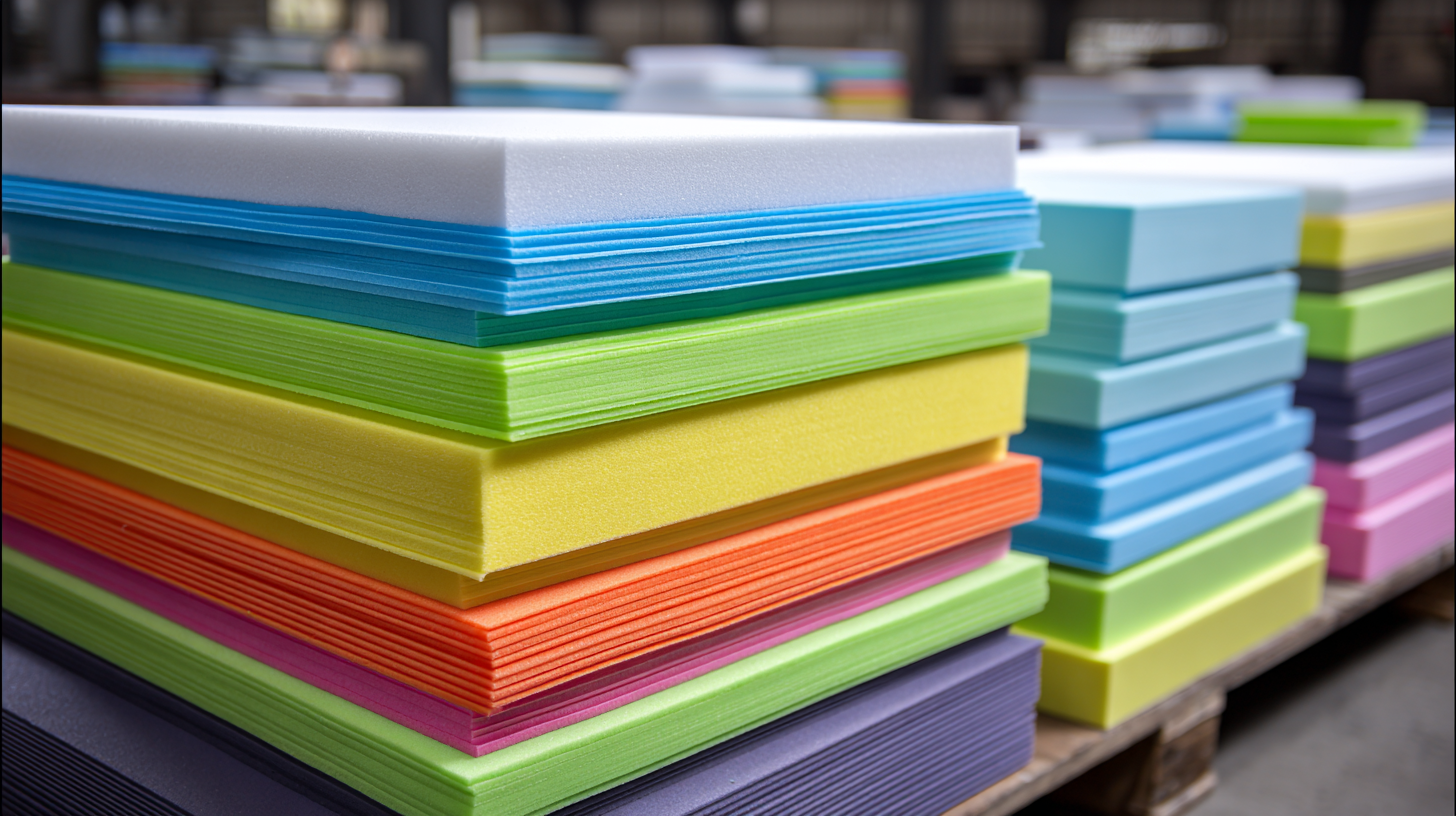
Another exciting application can be found in the realm of sports and fitness. EVA foam is extensively used in designing mats, protective gear, and exercise equipment due to its excellent cushioning and durability. Its anti-slip properties ensure a safe workout environment, making it particularly popular among athletes and fitness enthusiasts. Furthermore, the material's ability to be molded into intricate shapes allows for the creation of customized items that cater to individual needs, such as tailored knee pads or unique yoga mats, showcasing the impressive adaptability of EVA foam in both industrial and personal spheres.
EVA foam manufacturers are increasingly prioritizing sustainability in their production processes, responding to the growing demand for eco-friendly materials. As industries seek to minimize their environmental footprint, innovations such as bio-based EVA polymer made from sustainable resources like sugarcane have emerged. This advancement allows for the creation of products that not only meet consumer needs but also contribute to a circular economy, aligning with global sustainability goals.
Additionally, companies are exploring alternatives to conventional EVA by incorporating waste materials and developing composites that enhance recyclability. Recent studies have demonstrated the viability of using microalgae-based additives to create ethylene vinyl acetate composites, which significantly reduce environmental impact. The integration of recycled materials and sustainable practices in the design and manufacturing of EVA products represents a substantial leap towards more responsible consumption in the footwear industry, offering consumers eco-conscious options without compromising on performance.
The future trends in EVA foam technology are poised to revolutionize the material's application across various industries, particularly in footwear. As polymeric materials account for a significant portion of synthetic consumer products, innovations in EVA (ethylene-vinyl acetate) have been pivotal. Upcoming advancements focus on integrating sustainability through bio-based components, allowing EVA foam manufacturers to shift toward greener production methods. Research indicates that the demand for sustainable materials is increasingly influencing consumer preferences, with reports forecasting a growing market for eco-friendly products in the next decade.
Furthermore, the incorporation of vitrimerization in EVA foam production heralds a new era of reusability, enhancing the material's recycling potential. This technological shift not only aligns with environmental goals but also improves the longevity and performance of the foam in applications like footwear. In 2025, we can expect to see more walking and running shoes utilizing EVA foam that offers superior durability and comfort, marrying innovative materials science with consumer demands for both performance and sustainability.
